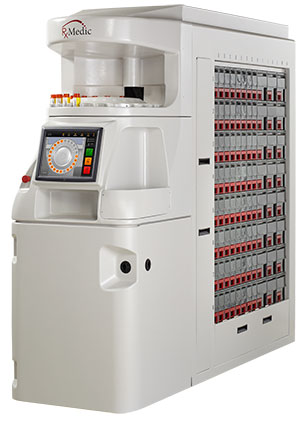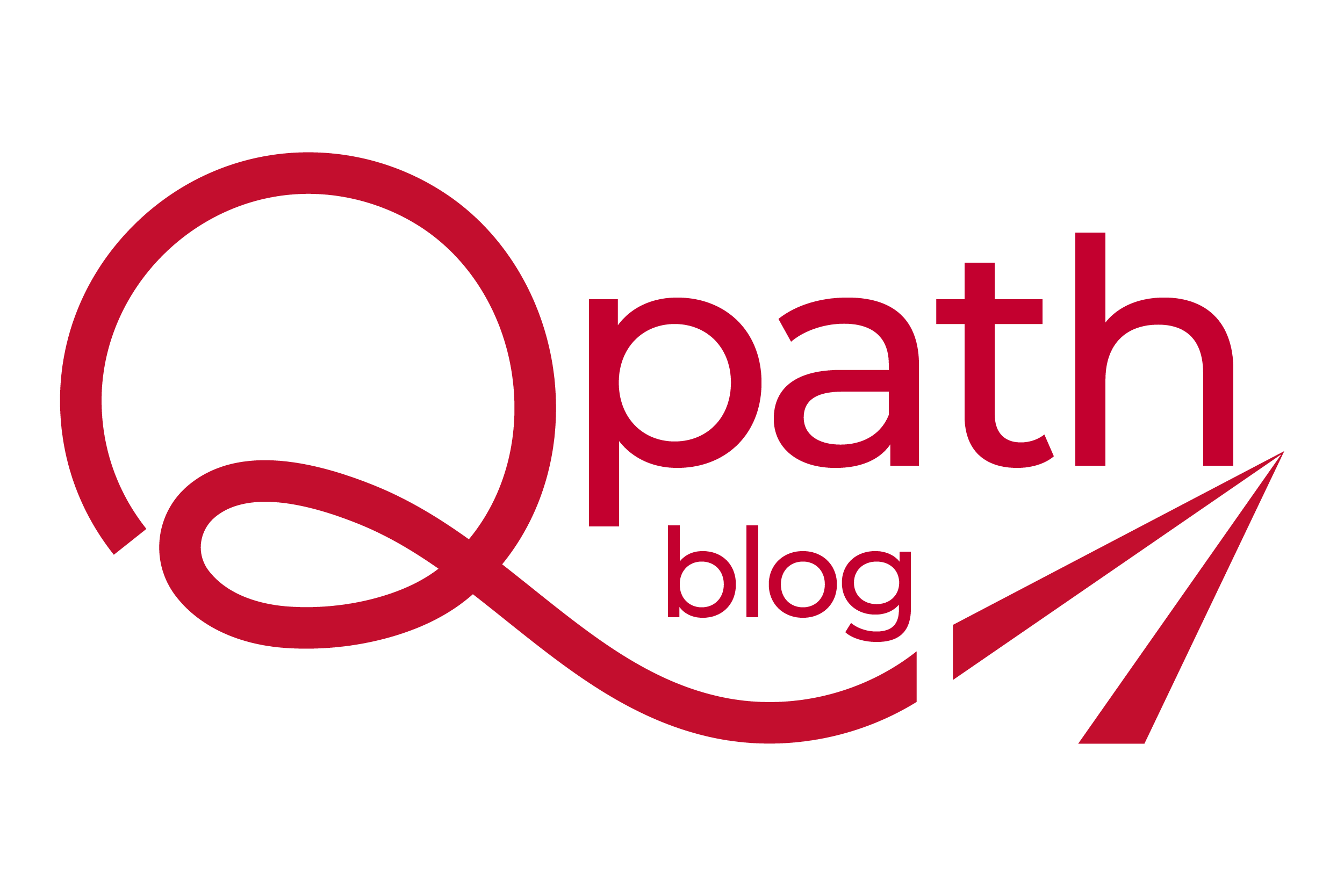After brief employment at a small, independent pharmacy, Brent Dehring, R.Ph., realized he needed a job that fulfilled both his altruistic nature and enthusiasm for medicine. Dehring found this rewarding combination in Missoula, MT at Partnership Health Center (PHC). For the past five years, he has served as the co-director of pharmacy at PHC, where his passion “reaches more people and provides a larger benefit.”
PHC is a local, community health center dedicated to “ensuring that accessible, comprehensive primary healthcare is provided to the medically underserved population,” Dehring said. In practice, this patient-centered medical model dedicates itself to providing integrated healthcare, in which individuals can seek dental, behavioral health, medical and pharmaceutical services all in the same visit and at the same location.
“If there is an issue in the medical visit, say a patient indicates mental health issues, we have a warm hand off to one of the behavior healthcare managers, who then gets the patient in for an immediate visit. If they’re homeless or in-between homes, we can get them a social worker that same day. We have everything under one roof, and we do as much as we can to collaborate,” Dehring commented.
PHC “serves every demographic one could imagine,” from transient and homeless people to new mothers and the elderly. “Everyone is an individual, and everyone is always looked at as such,” Dehring said wholeheartedly. With the majority of the center’s 10,000 patients living without insurance, Dehring wants PHC to be a safe place for the medically underserved. “What I enjoy most about my position is not having to turn anyone away due to their inability to pay for a medication,” he explained.
As an entity of the 340B Drug Pricing Program, PHC is able to purchase medications at a lower cost and then pass the savings along to their customer base. Many patients drive hours for appointments at PHC.
Dehring stated, “People without health insurance either go to emergency rooms for treatment, or self-diagnose without seeing a doctor, sometimes forgoing medical attention for years. This approach to healthcare inevitably leads to conditions becoming unnecessarily acute due to lack of early medical, dental or psychiatric intervention.” PHC makes preventative healthcare an option for everyone, regardless of their financial position.
Over the last five years, the number of filled prescriptions has increased by 25 percent, establishing PHC’s need for an efficient and long-term systematic solution.
Enter the RxMedic® RM200® Pharmacy Robot

As demand for prescriptions continued to rise, Dehring began searching for a solution. Ultimately, he decided to purchase PHC’s first pharmacy robot. The idea was definitely appealing. Filling an average of 400 prescriptions per day manually and 600 on busy days was no longer feasible, and with a limited amount of space in the pharmacy, neither was hiring additional personnel.
In July 2016, PHC purchased the RxMedic RM200, which is engineered to work with traditional and TriMaxx™ triangular vials. It also uses auto-calibrating cell technology and allows pharmacy staff to replenish cells by pouring drugs directly from the box into the hopper. Dehring coined this new phase of pharmacy at PHC “life after the robot.”
When researching a potential robotic solution, Dehring found that the RM200 fit the specific needs of PHC better than the alternative options on the market. Namely, he and the center have appreciated “the RM200’s ability to differentiate between wholesale and 340B stock.” For a pharmacy serving an economically diverse patient base, this feature is a critical timesaver.
Another reason Dehring chose the RM200 was because of its fast and seamless integration with QS/1. He added, “The interface is user-friendly, and my technicians learned quickly.” Dehring is very happy with the responsiveness of QS/1 and RxMedic. “They are willing to be innovative and match what we want in our pharmacy.”
Like its predecessors, the RM200 continues to keep safety features at the forefront of its service. Oral solid medications go directly from the cell to the vial, eliminating the risk of cross contamination – a real time saver for Dehring and his team.
The robot’s photo verification system provides pharmacists with an unmatched level of confidence in what they are giving patients. For example, Dehring explained, “If somebody called and their prescription was already out the door and they wanted to know something about a brand change or the fact that it looks different, I can pull up that particular prescription and see exactly what was in the bottle. I can then be more confident talking to the patient about their prescription without them needing to describe it to me.” The RM200 means safety for patients and peace of mind for pharmacists. The capabilities of the RM200 are extensive and include an impressive speed of two prescriptions per minute. Dehring estimates that the RM200 counts medication at the same rate as two people. PHC’s robot fills 45 percent of their prescriptions, so Dehring’s technicians can allocate more time to customer service and patient attention and care. “The robot does the monotonous work that is so important for technicians but does not connect with patients or add that personal touch. It allows us to better serve patients,” he explained.
Dehring knew PHC’s level of patient care would improve with the purchase of the RM200, but he was pleasantly surprised to discover additional benefits that he hadn’t initially considered. One improvement has been the overall workflow at the pharmacy. With automation, technicians at PHC no longer reach the end of a long, busy day with a backlog of hundreds of prescriptions to process. Dehring said, “It works when no one’s here!” Monday mornings are no longer about technicians playing catch up. “Especially on your busy days, it is a huge help.” The features of the RM200 reduce stress for technicians and give patients more personal attention with a shorter wait time.
Pharmacy robots are accurate, consistent and reliable. Pharmacists are knowledgeable, compassionate, flexible and warm. Each entity has an important niche to fill. The addition of a pharmacy robot ensures that pharmacists and technicians at PHC serve their customers in the most productive, efficient and impactful way possible. The RM200 clears a path for PHC as they continue to build an important bridge between healthcare and the community.

Comments (0)